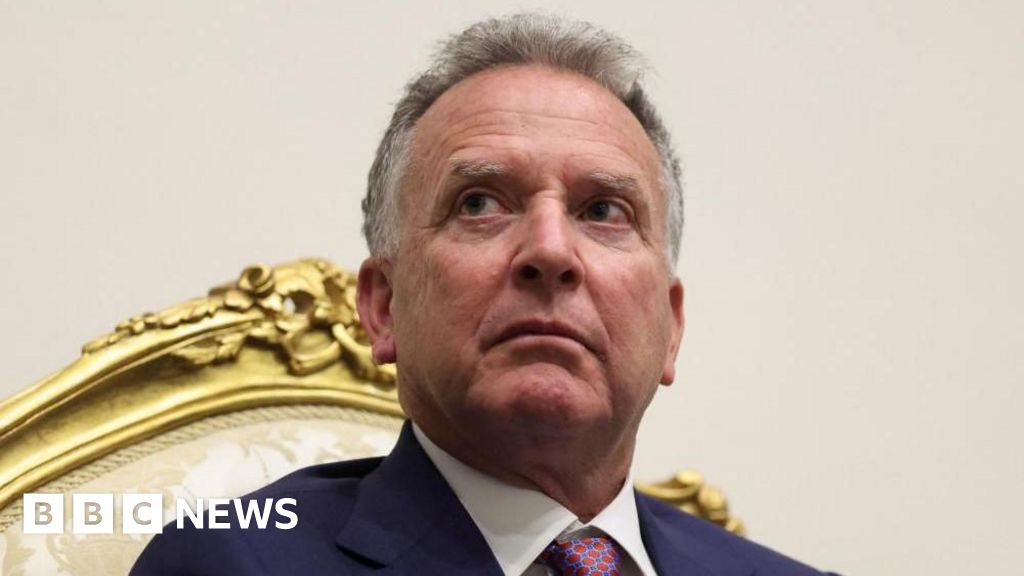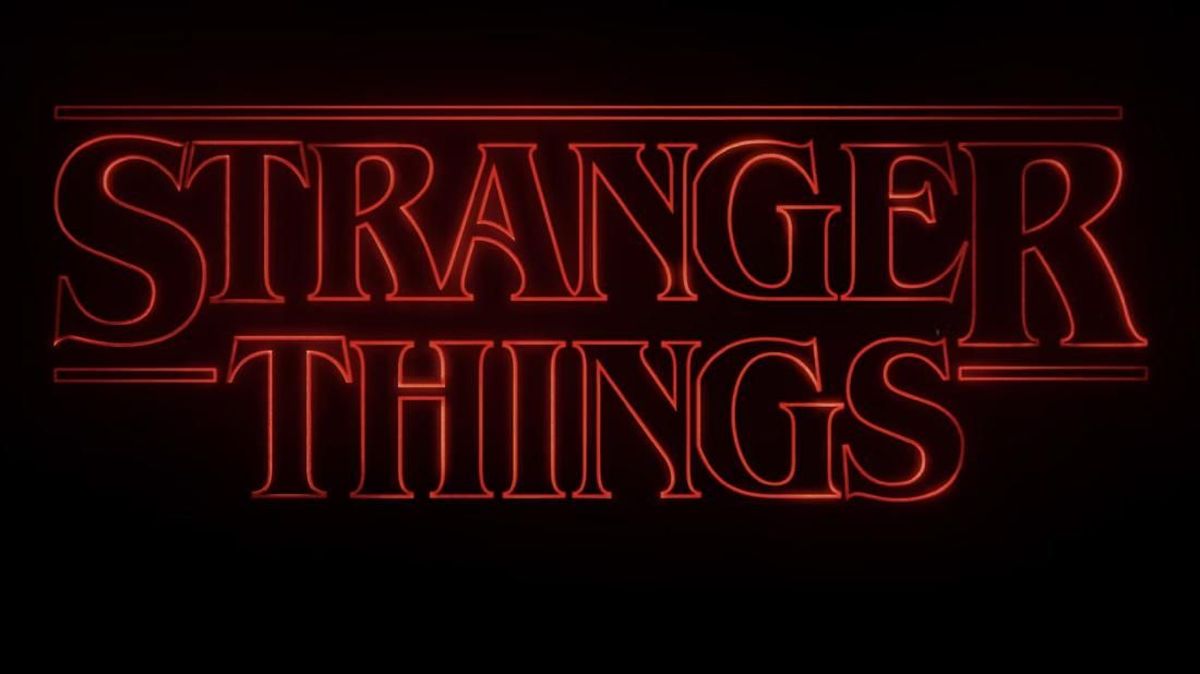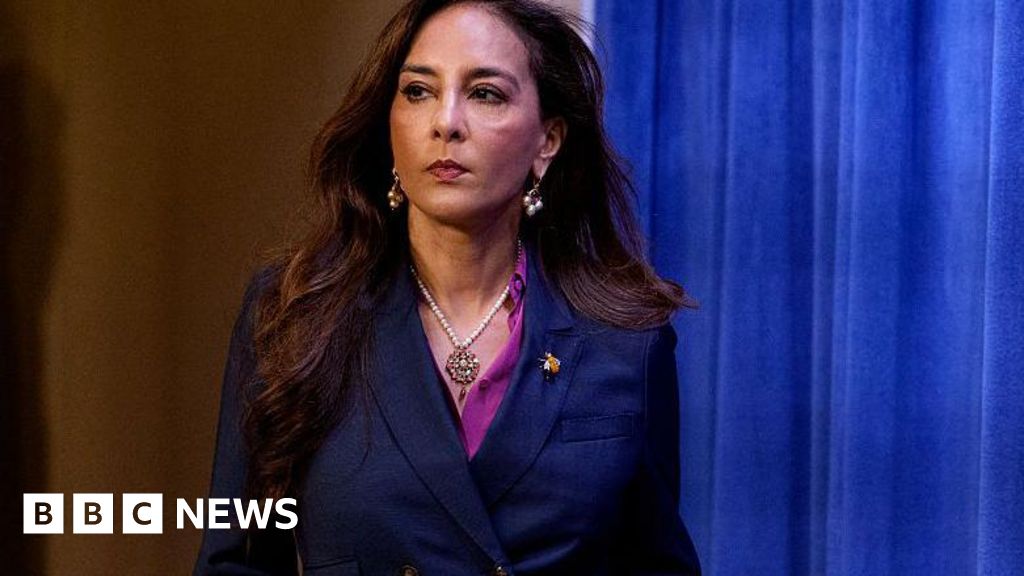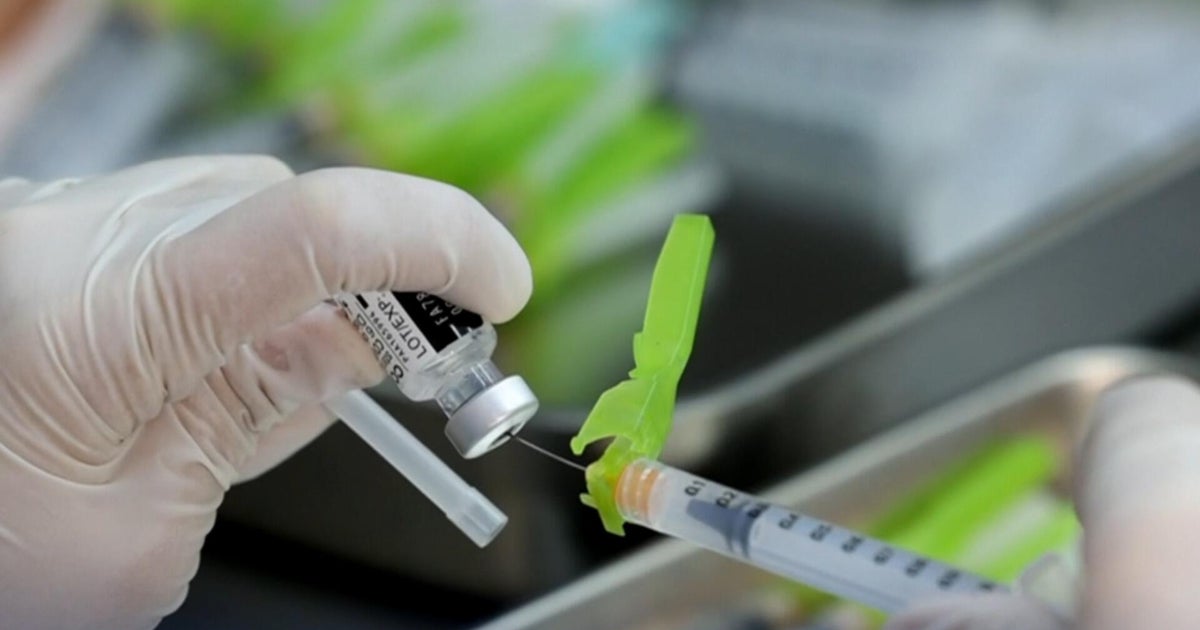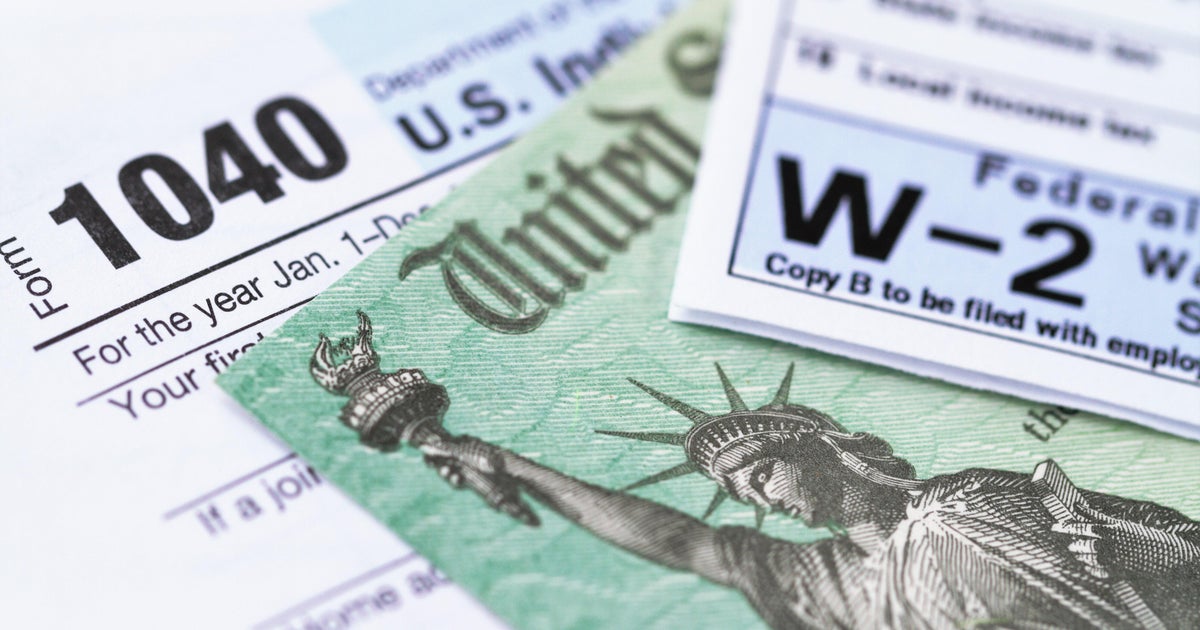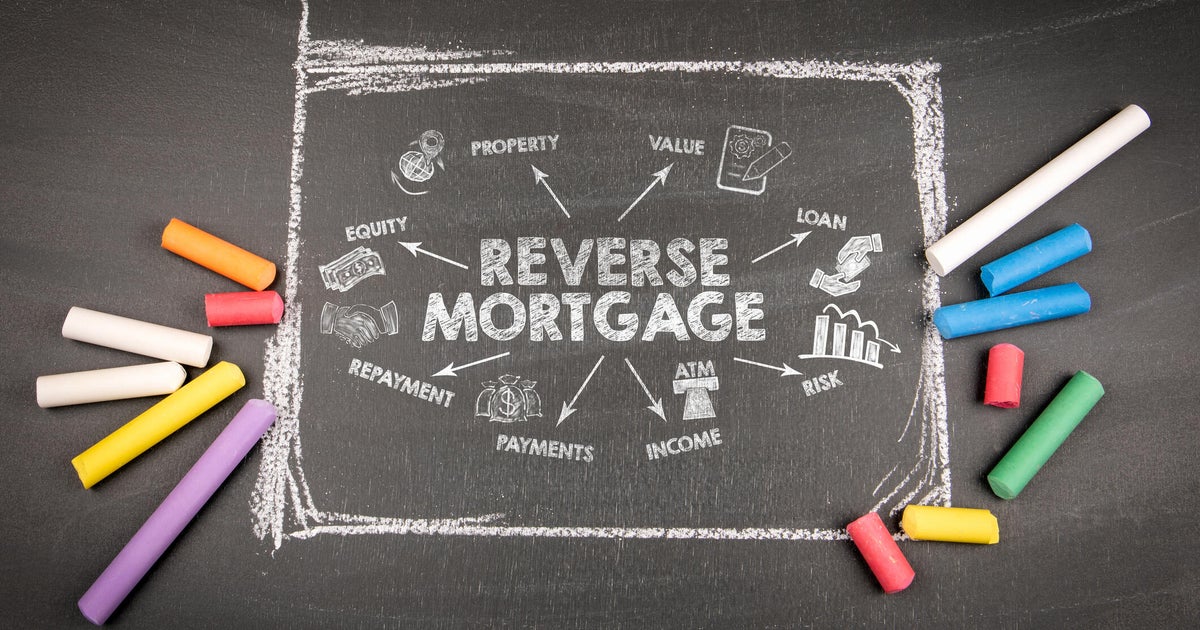 Savers should precisely calculate their CD account deposit before getting started this November.
boonchai wedmakawand/Getty Images
Savers should precisely calculate their CD account deposit before getting started this November.
boonchai wedmakawand/Getty Images
Certificate of deposit (CD) account rates remain attractive today, hovering 4% or higher.
But with shifting inflation patterns and the Federal Reserve signaling more room for rate cuts, "CD yields may begin trending lower," says Christopher L. Stroup, a certified financial planner and president of Silicon Beach Financial. This makes it difficult to know whether now is the right time to lock in rates or wait for better opportunities.
If you're considering a CD, timing and the deposit amount matter because these accounts lock your money away for set periods. Determining the right amount to deposit, then, is particularly important now. If you need to regain access to your money before the account has matured, you'll likely get stuck with an early withdrawal penalty, which can be expensive depending on the amount you have deposited and the term length. So, how much should you put into a CD account this November? Below, financial planners and banking specialists share guidance on determining the right CD allocation for the coming month.
See how much interest you could be earning on your money with a high-rate CD account now.
How much money should you put in a CD account this November?
Stroup suggests allocating 10% to 30% of your cash savings to CDs, depending on your situation. "For example, if you have $100,000 in savings, $10,000 to $30,000 in CDs can safely earn more than a high-yield savings account while keeping the rest accessible for emergencies or new investment opportunities," he explains.
However, there's no universal formula. "It really depends on your financial obligations, monthly expenses and savings goals," says Rick Wilcox, head of retail product at PNC Bank. Because there's no one-size-fits-all CD amount, experts recommend weighing four key factors:
Your financial goals
According to Matt Lyon, advice director at USAA, CDs are promising for short- to medium-term goals. For instance, you might set aside a lump sum of money to buy a car in two years, or save for a home renovation project with a known budget and timeframe. Stroup recommends matching term lengths to goals within the next one to three years.
However, Colin Zizzi, a certified financial planner and co-founder of fee-only RIA Zizzi Investments, cautions against over-allocating to CDs. "While CDs feel safe, inflation is a silent killer of investment portfolios," he warns. "The returns of other asset classes like stocks, real estate and gold have far outpaced the returns of CDs over the long term."
Compare your current CD account options here to learn more.
Your emergency fund
Before committing funds to a CD, ensure you have adequate emergency savings, especially in today's economy with rising inflation resulting in higher everyday expenses. "A general rule of thumb is to set aside at least three to six months' worth of basic living expenses in a cash equivalent account [first]," Lyon advises.
Approaching retirement? Zizzi suggests an even larger cushion. "You may want to beef up your emergency savings to one to two years of expenses to protect against a market downturn in your early retirement years," he explains.
Your timeline
Beyond emergency funds, think about upcoming expenses, such as travel, major purchases or life events. Expenses related to the upcoming holiday season are also looming. CDs carry early withdrawal penalties that could wipe out your interest earnings or eat into your principal. So, choose a CD term that aligns with your current liquidity needs. If your goals have an uncertain timeframe, a high-yield savings account may be better.
Your risk tolerance
FDIC-insured CDs offer the safety of principal, meaning you won't lose money if you hold the CD through maturity. This makes them appealing for conservative savers, especially in the uncertain economic climate many find themselves in now.
However, there are some other factors to consider. If inflation runs higher than your locked-in rate, your purchasing power decreases. Additionally, locking into a fixed rate means you could miss out if rates rise during your term, though that seems unlikely based on current projections.
Expert tips for balancing CDs with other savings vehicles
Smart savers don't put all their cash in one place. Here are a couple of ways to balance CDs with other savings options:
Diversify across account types
"CDs are ideal for funds you don't need to access for a predetermined period," Wilcox explains. "Savings accounts and money market accounts are better for more frequent access, but may come with lower returns." A balanced approach might include CDs for goals with clear timelines, high-yield savings for flexible access and money market accounts for emergency funds.
Use a CD laddering strategy
Instead of locking all your money into one CD, split deposits into different maturities like three, six and 12 months. "This helps smooth reinvestment risk and maintain rolling access to cash while capturing strong short-term yields," Stroup notes.
The bottom line
With competitive CD interest rates and Fed rate cuts underway, November offers a strategic window to lock in yields before they decline further. CDs could outperform money market accounts and high-yield savings accounts in the months ahead as rates continue dropping.
However, Stroup advises focusing on shorter terms so you can adjust as conditions change. Before opening a CD, compare APYs, confirm FDIC insurance and understand early withdrawal penalties. If you're still unsure about the right allocation, consulting with a financial advisor or your bank's deposit specialist can help clarify your options.
Edited by Matt Richardson





